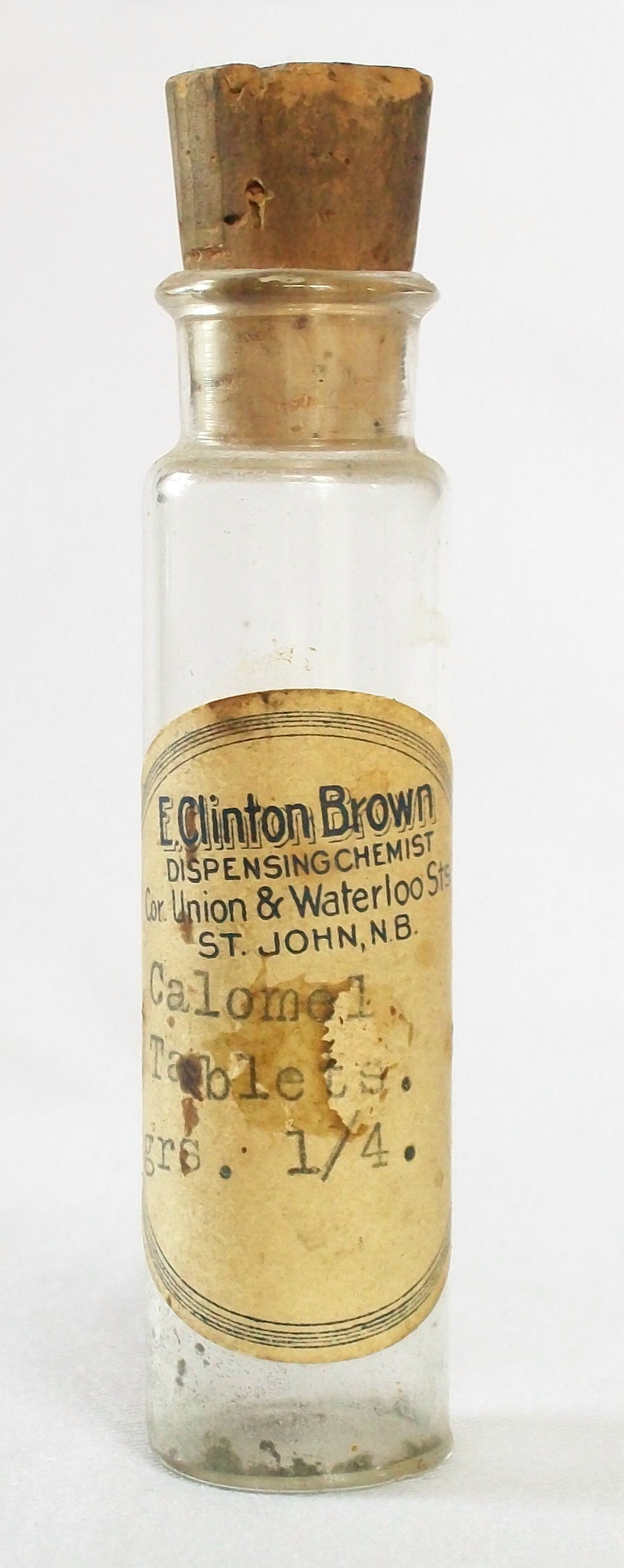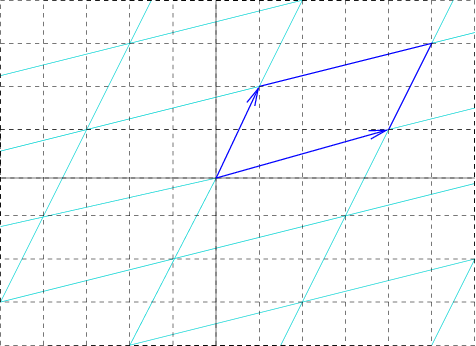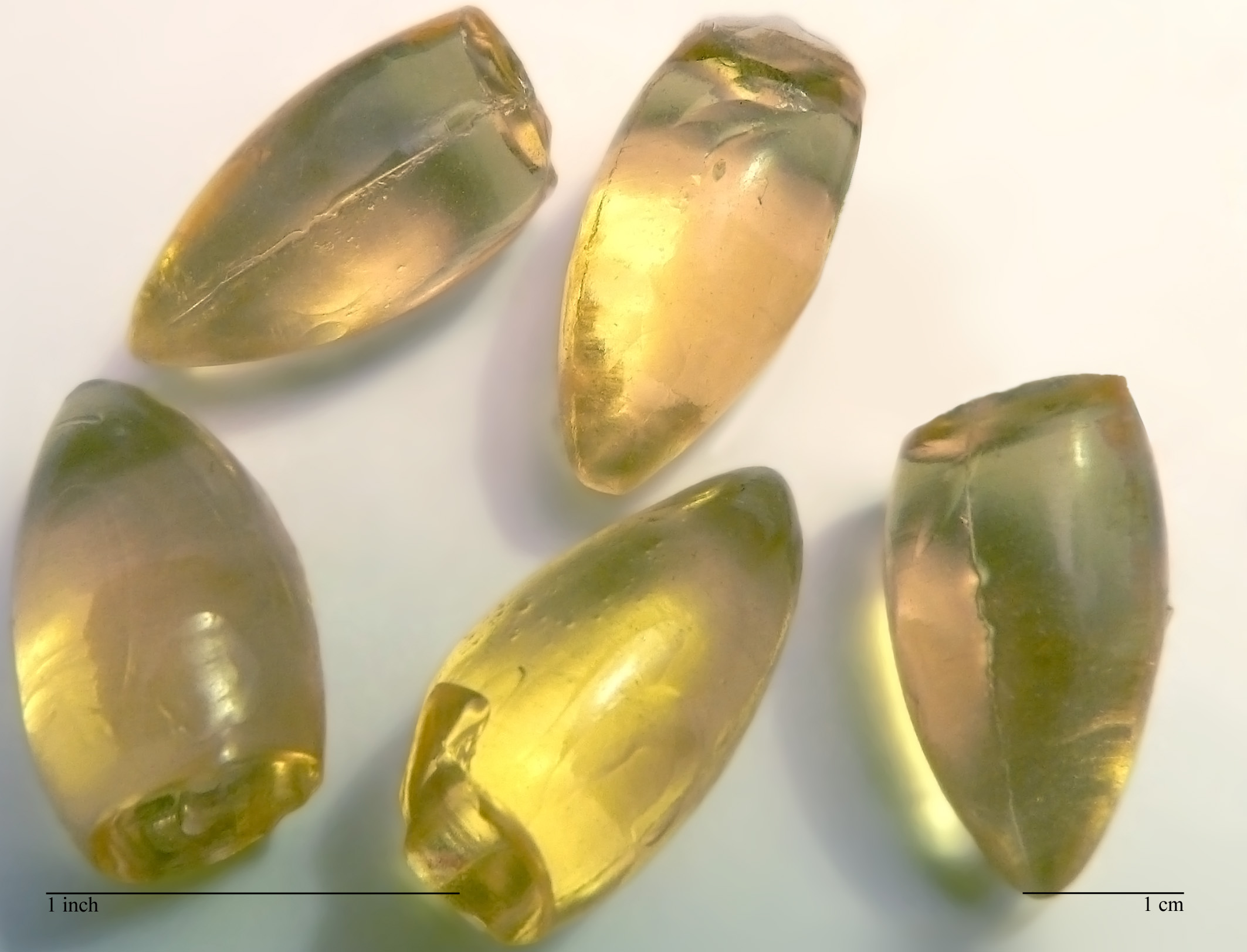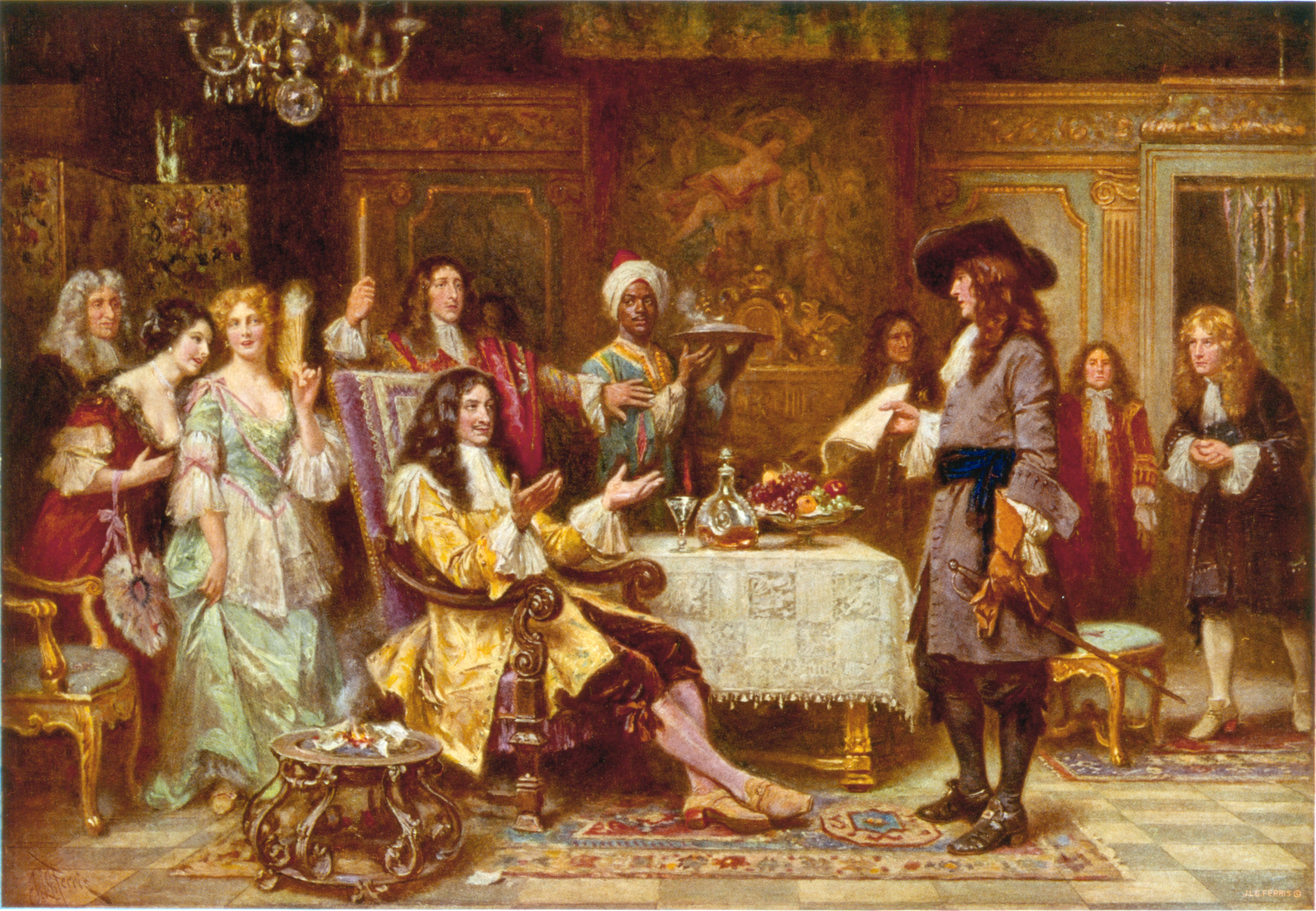|
Mercury(I) Chloride
Mercury(I) chloride is the chemical compound with the formula Hg2Cl2. Also known as the mineral calomel (a rare mineral) or mercurous chloride, this dense white or yellowish-white, odorless solid is the principal example of a mercury(I) compound. It is a component of reference electrodes in electrochemistry. History The name calomel is thought to come from the Greek language, Greek ''καλός'' "beautiful", and ''μέλας'' "black"; or ''καλός'' and ''μέλι'' "honey" from its sweet taste. The "black" name (somewhat surprising for a white compound) is probably due to its characteristic disproportionation reaction with ammonia, which gives a spectacular black coloration due to the finely dispersed metallic Mercury (element), mercury formed. It is also referred to as the mineral ''horn quicksilver'' or ''horn mercury''. Calomel was taken internally and used as a laxative, for example to treat George III in 1801, and disinfectant, as well as in the treatment of syphi ... [...More Info...] [...Related Items...] OR: [Wikipedia] [Google] [Baidu] |
Calomel
Calomel is a Mercury element, mercury chloride mineral with Chemical formula, formula Hg2Cl2 (see mercury(I) chloride). It was used as a medicine from the 16th to early 20th century, despite frequently causing mercury poisoning in patients. The name derives from Greek ''kalos'' (beautiful) and ''melas'' (black) because it turns black on reaction with ammonia. This was known to Alchemy, alchemists. Calomel occurs as a secondary mineral which forms as an alteration product in mercury deposits. It occurs with native mercury, Amalgam (chemistry), amalgam, cinnabar, mercurian tetrahedrite, eglestonite, terlinguaite, montroydite, kleinite, moschelite, kadyrelite, kuzminite, chursinite, kelyanite, calcite, limonite and various clay minerals. The Type locality (geology), type locality is Moschellandsburg, Alsenz-Obermoschel, Rhineland-Palatinate, Germany. History The substance later known as calomel was first documented in ancient Persia by medical historian Rhazes in year 850. Only a ... [...More Info...] [...Related Items...] OR: [Wikipedia] [Google] [Baidu] |
George III
George III (George William Frederick; 4 June 173829 January 1820) was King of Great Britain and King of Ireland, Ireland from 25 October 1760 until his death in 1820. The Acts of Union 1800 unified Kingdom of Great Britain, Great Britain and Kingdom of Ireland, Ireland into the United Kingdom of Great Britain and Ireland, with George as its king. He was concurrently Duke and Prince-elector of Electorate of Hanover, Hanover in the Holy Roman Empire before becoming King of Hanover on 12 October 1814. He was the first monarch of the House of Hanover who was born in Great Britain, spoke English as his first language, and never visited Hanover. George was born during the reign of his paternal grandfather, George II of Great Britain, King George II, as the first son of Frederick, Prince of Wales, and Princess Augusta of Saxe-Gotha. Following his father's death in 1751, Prince George became heir apparent and Prince of Wales. He succeeded to the throne on George II's death in 1760. Th ... [...More Info...] [...Related Items...] OR: [Wikipedia] [Google] [Baidu] |
Crystal Structure
In crystallography, crystal structure is a description of ordered arrangement of atoms, ions, or molecules in a crystalline material. Ordered structures occur from intrinsic nature of constituent particles to form symmetric patterns that repeat along the principal directions of three-dimensional space in matter. The smallest group of particles in a material that constitutes this repeating pattern is the unit cell of the structure. The unit cell completely reflects the symmetry and structure of the entire crystal, which is built up by repetitive translation of the unit cell along its principal axes. The translation vectors define the nodes of the Bravais lattice. The lengths of principal axes/edges, of the unit cell and angles between them are lattice constants, also called ''lattice parameters'' or ''cell parameters''. The symmetry properties of a crystal are described by the concept of space groups. All possible symmetric arrangements of particles in three-dimensional space ... [...More Info...] [...Related Items...] OR: [Wikipedia] [Google] [Baidu] |
Unit Cell
In geometry, biology, mineralogy and solid state physics, a unit cell is a repeating unit formed by the vectors spanning the points of a lattice. Despite its suggestive name, the unit cell (unlike a unit vector In mathematics, a unit vector in a normed vector space is a Vector (mathematics and physics), vector (often a vector (geometry), spatial vector) of Norm (mathematics), length 1. A unit vector is often denoted by a lowercase letter with a circumfle ..., for example) does not necessarily have unit size, or even a particular size at all. Rather, the primitive cell is the closest analogy to a unit vector, since it has a determined size for a given lattice and is the basic building block from which larger cells are constructed. The concept is used particularly in describing crystal structure in two and three dimensions, though it makes sense in all dimensions. A lattice can be characterized by the geometry of its unit cell, which is a section of the tiling (a parallelogra ... [...More Info...] [...Related Items...] OR: [Wikipedia] [Google] [Baidu] |
Tetragonal
In crystallography, the tetragonal crystal system is one of the 7 crystal systems. Tetragonal crystal lattices result from stretching a cubic lattice along one of its lattice vectors, so that the Cube (geometry), cube becomes a rectangular Prism (geometry), prism with a square base (''a'' by ''a'') and height (''c'', which is different from ''a''). Bravais lattices There are two tetragonal Bravais lattices: the primitive tetragonal and the body-centered tetragonal. The body-centered tetragonal lattice is equivalent to the primitive tetragonal lattice with a smaller unit cell, while the face-centered tetragonal lattice is equivalent to the body-centered tetragonal lattice with a smaller unit cell. Crystal classes The point groups that fall under this crystal system are listed below, followed by their representations in international notation, Schoenflies notation, orbifold notation, Coxeter notation and mineral examples.Hurlbut, Cornelius S.; Klein, Cornelis, 1985, ''Ma ... [...More Info...] [...Related Items...] OR: [Wikipedia] [Google] [Baidu] |
Latrine
A latrine is a toilet or an even simpler facility that is used as a toilet within a sanitation system. For example, it can be a communal trench in the earth in a camp to be used as emergency sanitation, a hole in the ground ( pit latrine), or more advanced designs, including pour-flush systems. The term "latrine" is still commonly used military parlance, and less so in civilian usage except in emergency sanitation situations. Nowadays, the word "toilet" is more commonly used than "latrine", except when referring to simple systems like "pit latrines" or "trench latrines". The use of latrines was a major advancement in sanitation over more basic practices such as open defecation, and helped control the spread of many waterborne diseases. However, unsafe defecation in unimproved latrines still remained a widespread problem by the end of 2020, with more than 3 billion people affected (46 % of the global population). Eradication of this public health threat is one of the United ... [...More Info...] [...Related Items...] OR: [Wikipedia] [Google] [Baidu] |
Lewis And Clark Expedition
The Lewis and Clark Expedition, also known as the Corps of Discovery Expedition, was the United States expedition to cross the newly acquired western portion of the country after the Louisiana Purchase. The Corps of Discovery was a select group of U.S. Army and civilian volunteers under the command of Captain Meriwether Lewis and his close friend Second Lieutenant William Clark. Clark, along with 30 others, set out from Camp Dubois (Camp Wood), Illinois, on May 14, 1804, met Lewis and ten other members of the group in St. Charles, Missouri, then went up the Missouri River. The expedition crossed the Continental Divide of the Americas near the Lemhi Pass, eventually coming to the Columbia River, and the Pacific Ocean in 1805. The return voyage began on March 23, 1806, at Fort Clatsop, Oregon, ending six months later on September 23 of that year. President Thomas Jefferson commissioned the expedition, shortly after the Louisiana Purchase of 1803, to explore and detail as much of ... [...More Info...] [...Related Items...] OR: [Wikipedia] [Google] [Baidu] |
Cathartic
In medicine, a cathartic is a substance that ''accelerates'' defecation. This is similar to a laxative, which is a substance that ''eases'' defecation, usually by softening feces. It is possible for a substance to be both a laxative and a cathartic. However, agents such as psyllium seed husks increase the bulk of the feces. Cathartics such as sorbitol, magnesium citrate, magnesium sulfate, or sodium sulfate were previously used as a form of gastrointestinal decontamination following poisoning via ingestion. They are no longer routinely recommended for poisonings. High-dose cathartics may be an effective means of ridding the lower gastrointestinal tract of toxins; however, they carry a risk of electrolyte imbalances and dehydration. Catharsis can be an effect of pesticide poisonings, such as with elemental sulfur Sulfur ( American spelling and the preferred IUPAC name) or sulphur ( Commonwealth spelling) is a chemical element; it has symbol S and atomic number 16. It i ... [...More Info...] [...Related Items...] OR: [Wikipedia] [Google] [Baidu] |
Purgative
Laxatives, purgatives, or aperients are substances that loosen stools and increase bowel movements. They are used to treat and prevent constipation. Laxatives vary as to how they work and the side effects they may have. Certain stimulant, lubricant, and saline laxatives are used to evacuate the colon for rectal and bowel examinations, and may be supplemented by enemas under certain circumstances. Sufficiently high doses of laxatives may cause diarrhea. Some laxatives combine more than one active ingredient, and may be administered orally or rectally. Types Bulk-forming agents Bulk-forming laxatives, also known as roughage, are substances, such as fiber in food and hydrophilic agents in over-the-counter drugs, that add bulk and water to stools so they can pass more easily through the intestines (lower part of the digestive tract). Properties * Site of action: small and large intestines * Onset of action: 12–72 hours * Examples: dietary fiber, Metamucil, Citrucel, Fibe ... [...More Info...] [...Related Items...] OR: [Wikipedia] [Google] [Baidu] |
Philadelphia
Philadelphia ( ), colloquially referred to as Philly, is the List of municipalities in Pennsylvania, most populous city in the U.S. state of Pennsylvania and the List of United States cities by population, sixth-most populous city in the United States, with a population of 1,603,797 in the 2020 United States census, 2020 census. The city is the urban core of the Philadelphia metropolitan area (sometimes called the Delaware Valley), the nation's Metropolitan statistical area, seventh-largest metropolitan area and ninth-largest combined statistical area with 6.245 million residents and 7.379 million residents, respectively. Philadelphia was founded in 1682 by William Penn, an English Americans, English Quakers, Quaker and advocate of Freedom of religion, religious freedom, and served as the capital of the Colonial history of the United States, colonial era Province of Pennsylvania. It then played a historic and vital role during the American Revolution and American Revolutionary ... [...More Info...] [...Related Items...] OR: [Wikipedia] [Google] [Baidu] |
Benjamin Rush
Benjamin Rush (April 19, 1813) was an American revolutionary, a Founding Father of the United States and signatory to the U.S. Declaration of Independence, and a civic leader in Philadelphia, where he was a physician, politician, social reformer, humanitarian, educator, and the founder of Dickinson College. Rush was a Pennsylvania delegate to the Continental Congress. He later described his efforts in support of the American Revolution, saying: "He aimed well." He served as surgeon general of the Continental Army and became a professor of chemistry, medical theory, and clinical practice at the University of Pennsylvania. Dr. Benjamin Rush was a leader of the American Enlightenment and an enthusiastic supporter of the American Revolution. He was a leader in Pennsylvania's ratification of the U.S. Constitution in 1788. He was prominent in many reforms, especially in the areas of medicine and education. He opposed slavery, advocated free public schools, and sought improved, bu ... [...More Info...] [...Related Items...] OR: [Wikipedia] [Google] [Baidu] |







